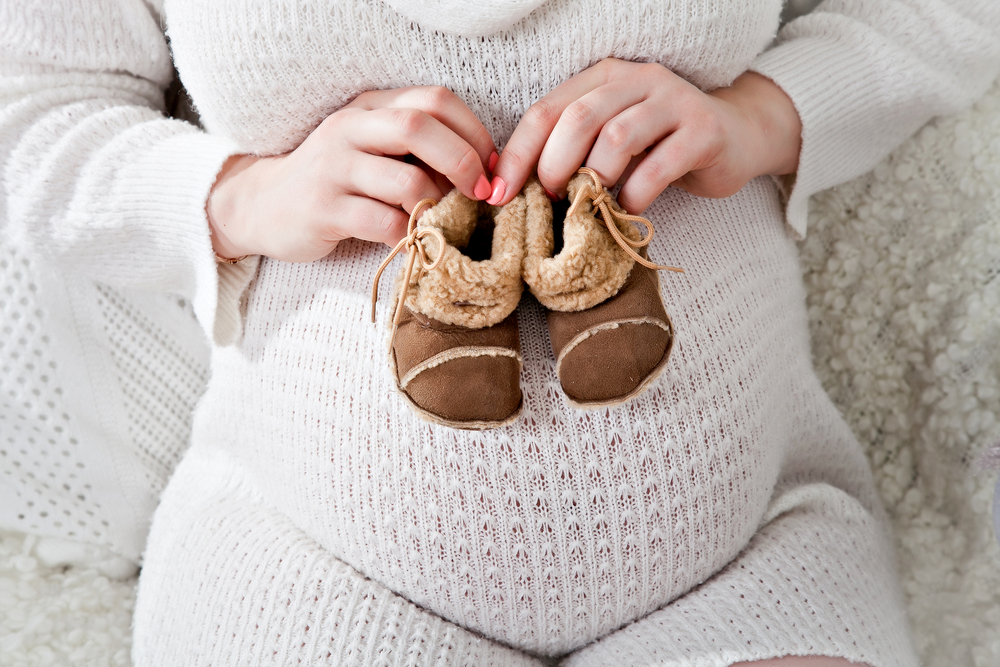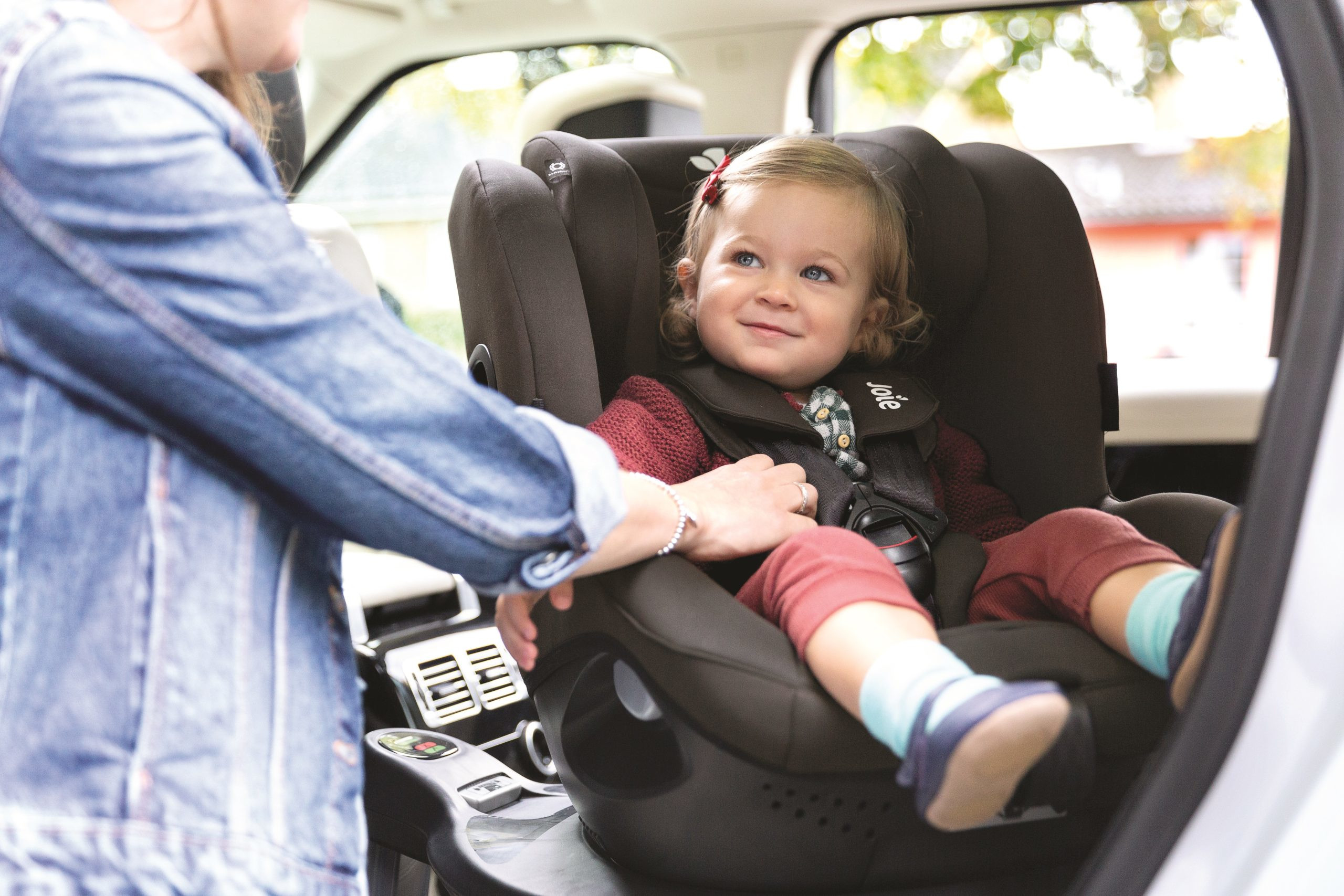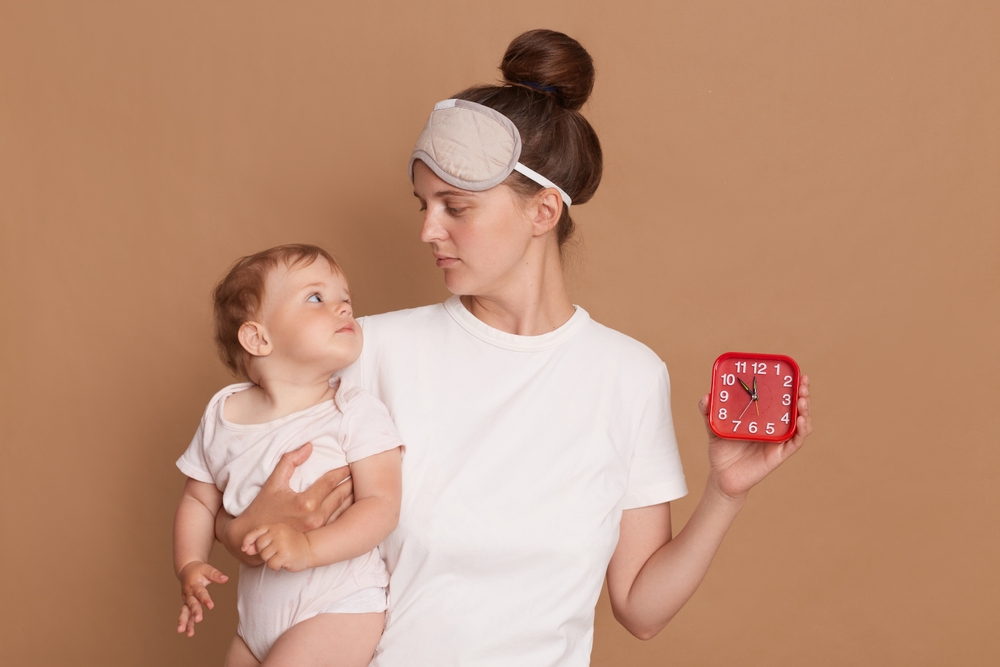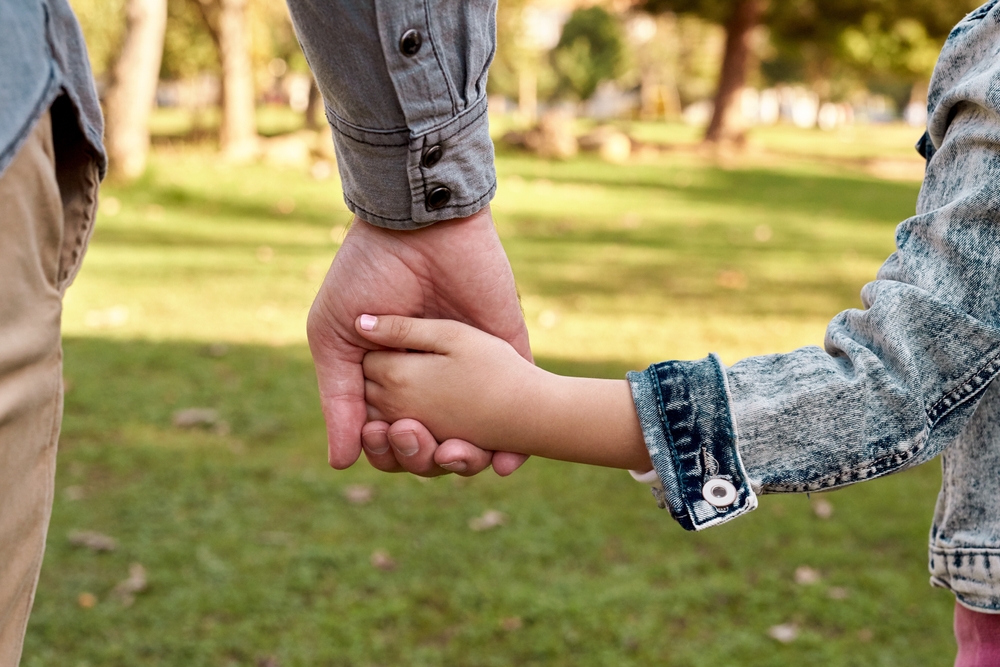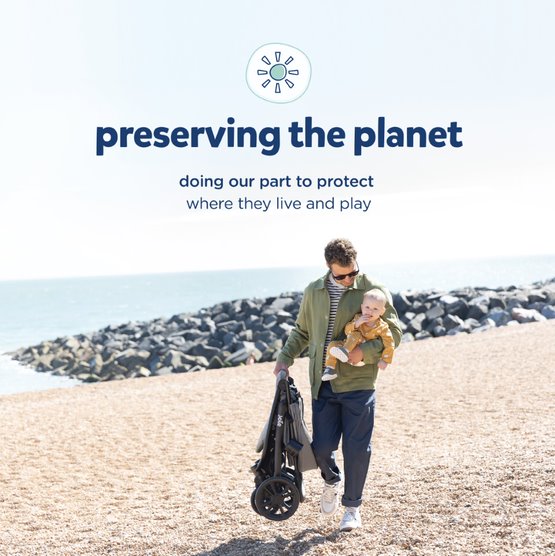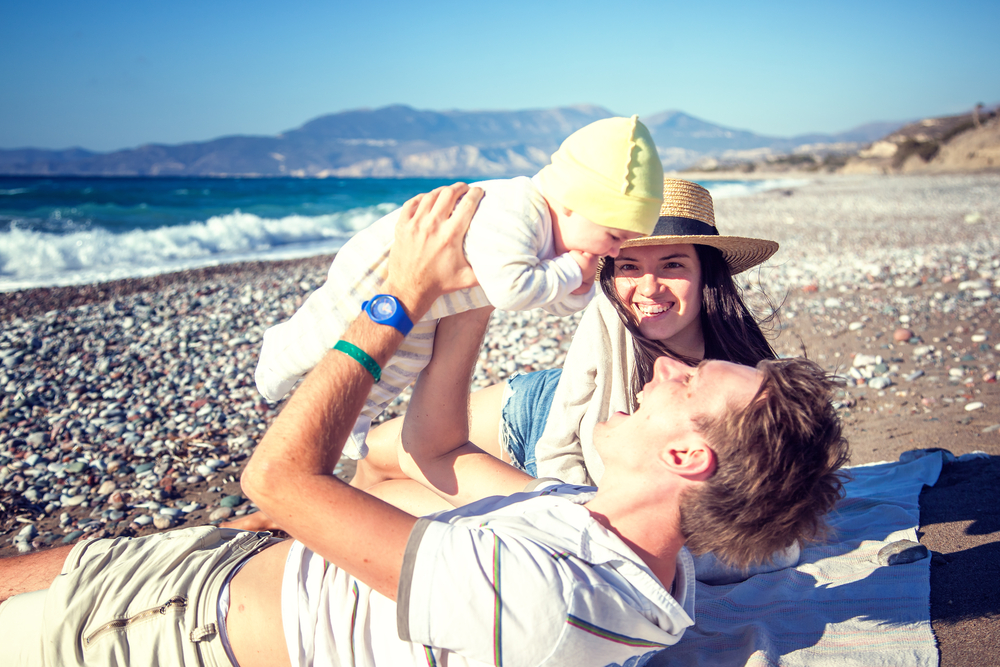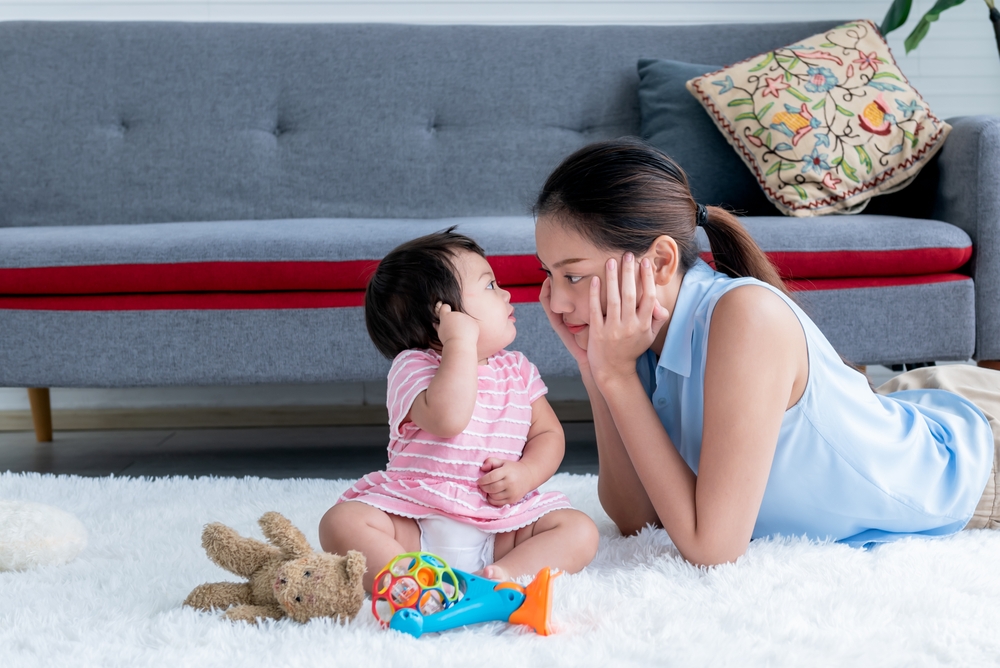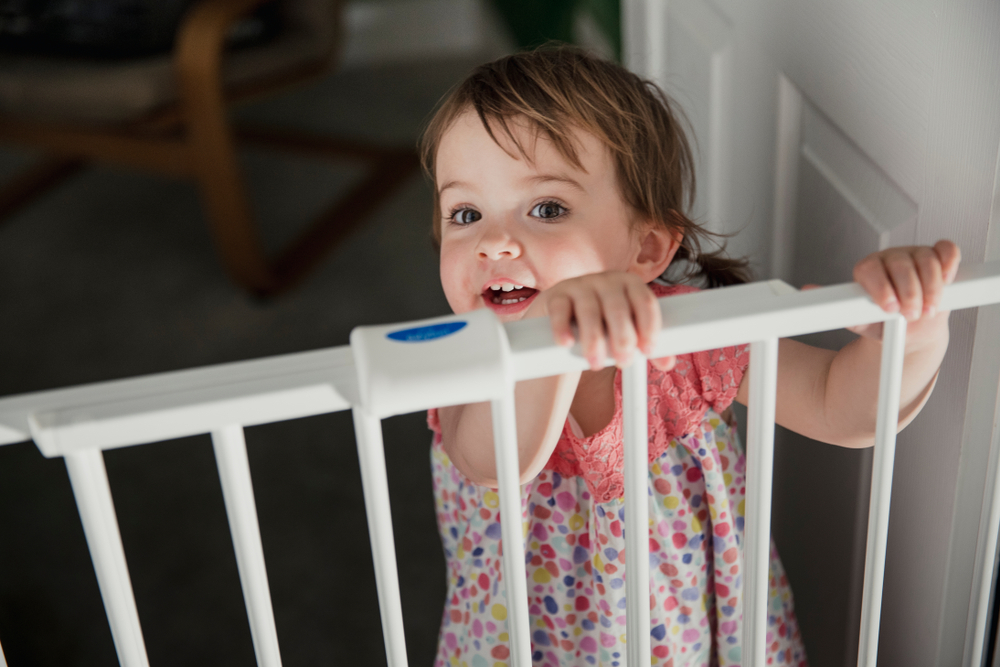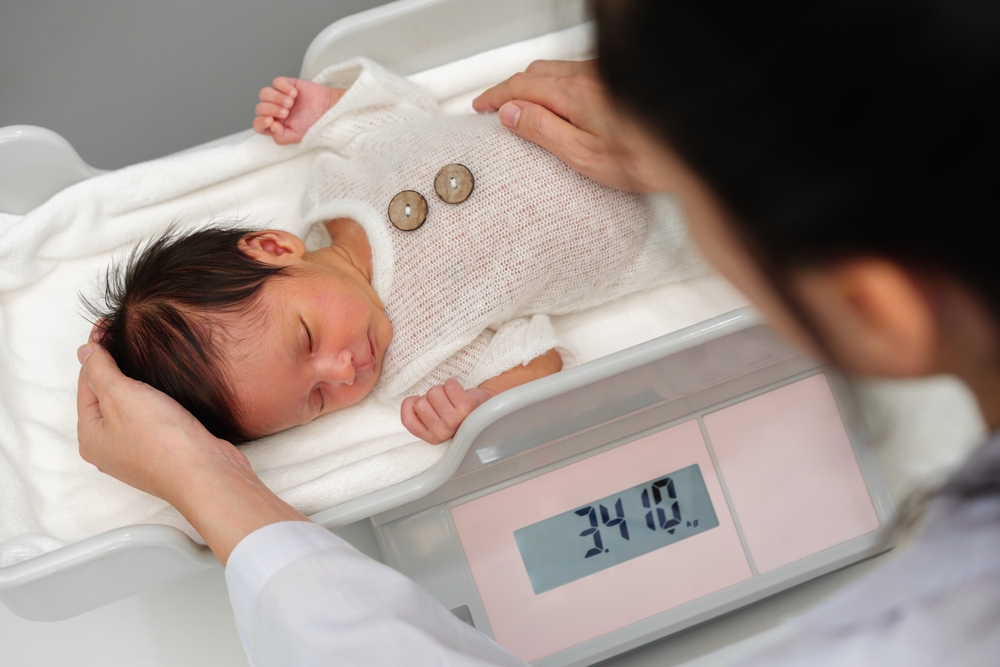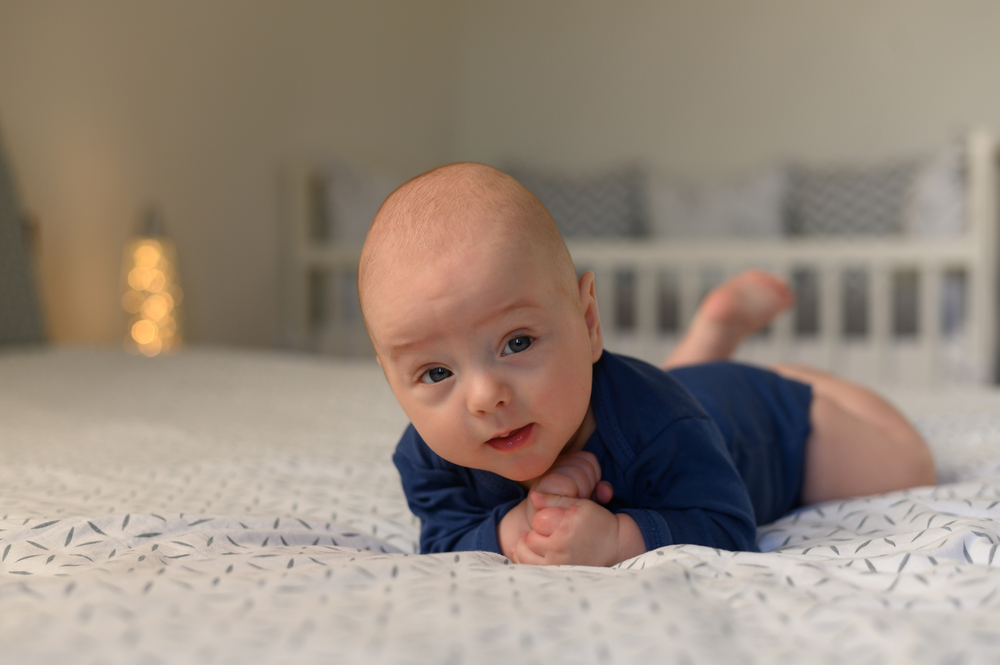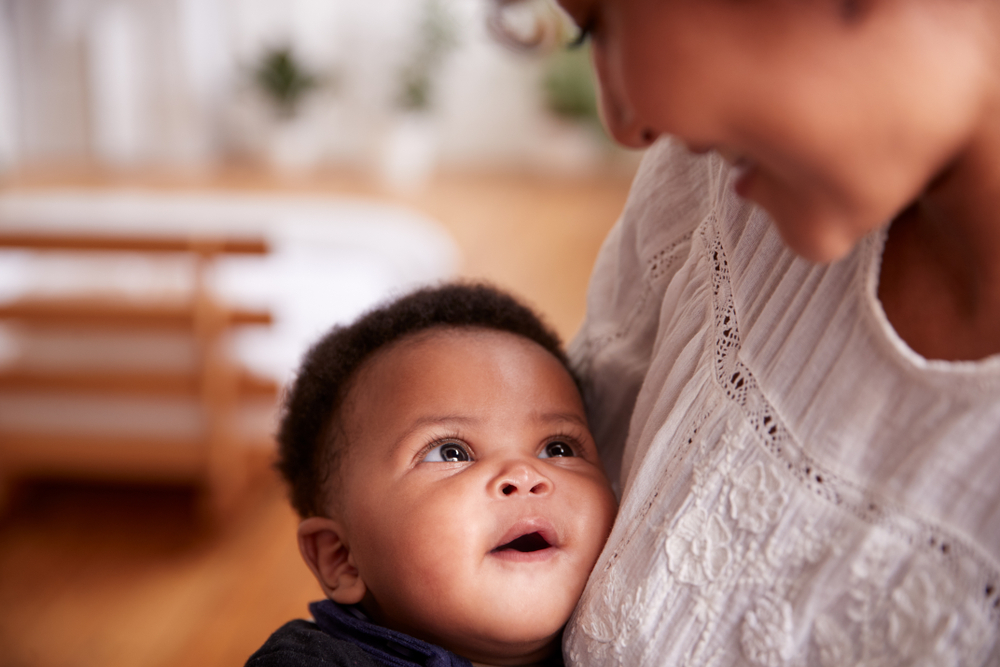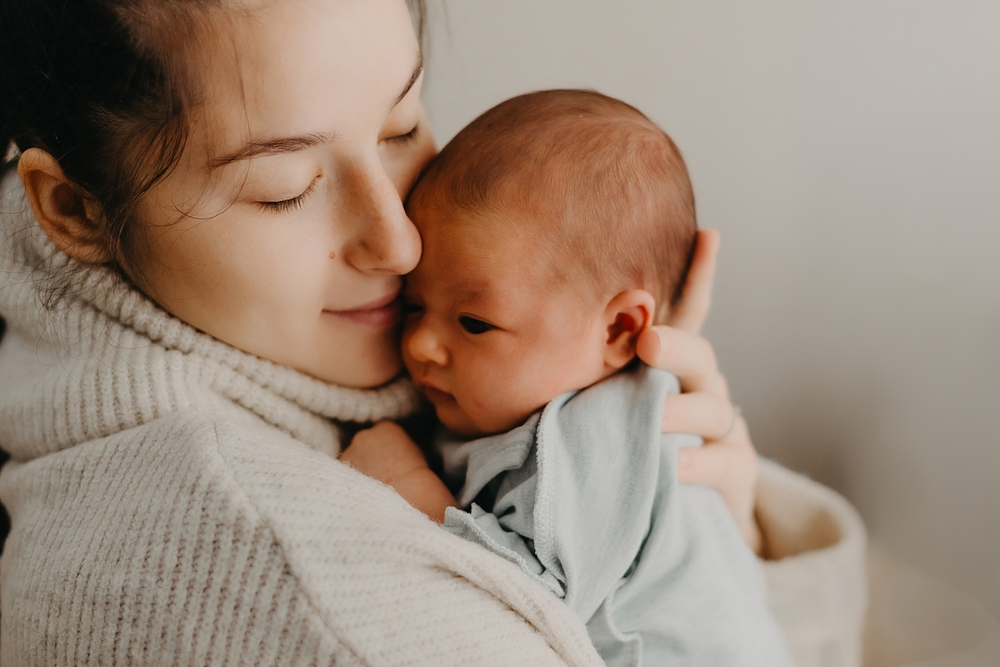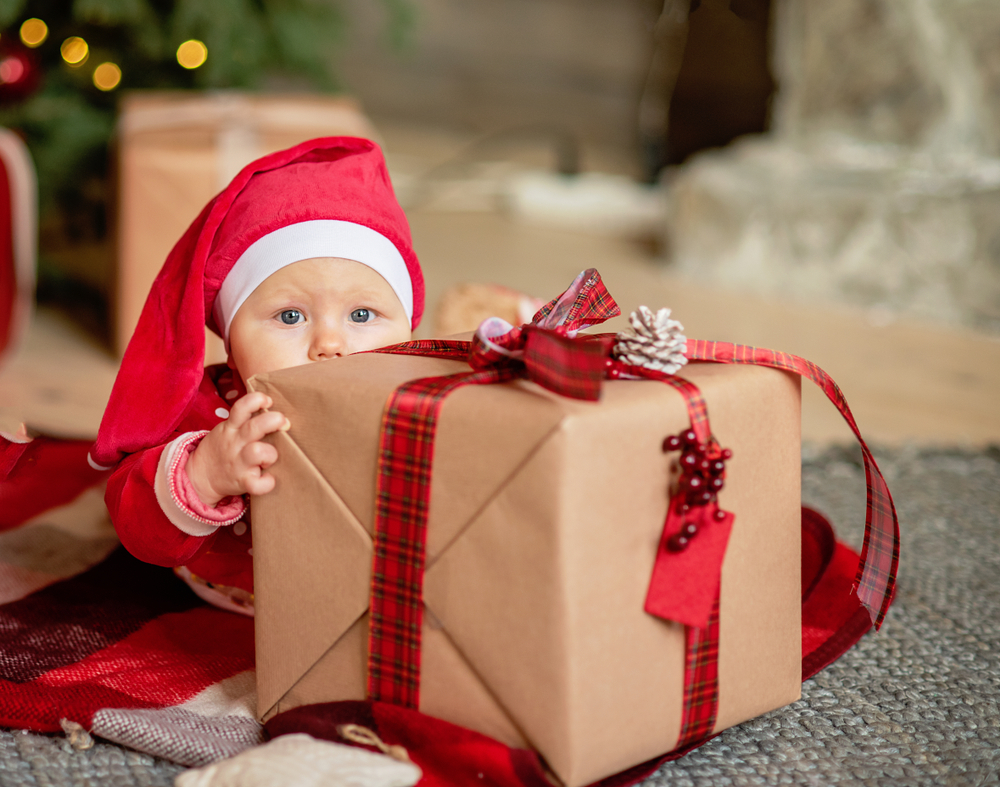Winter is a magical time, from snowmen and sparkly lights to hot chocolate and cute onesies – what’s not to love? That being said, the thought of going into labour when it’s chilly and snowy can be daunting for parents expecting a winter baby. But believe it or not, there’s nothing to worry about and there are lots of great reasons to have a little one during the colder months. You and your baby bump can eat to your heart’s content with Christmas around the corner, and once your bub is here, you can enjoy plenty of warm snuggles curled up next to the fire. However, preparation is key and there may be factors you haven’t considered when it comes to giving birth to a winter baby. From baby winter clothes to winter hospital bag essentials – we’ve got you.
Here’s everything you need to know about planning for a winter miracle.
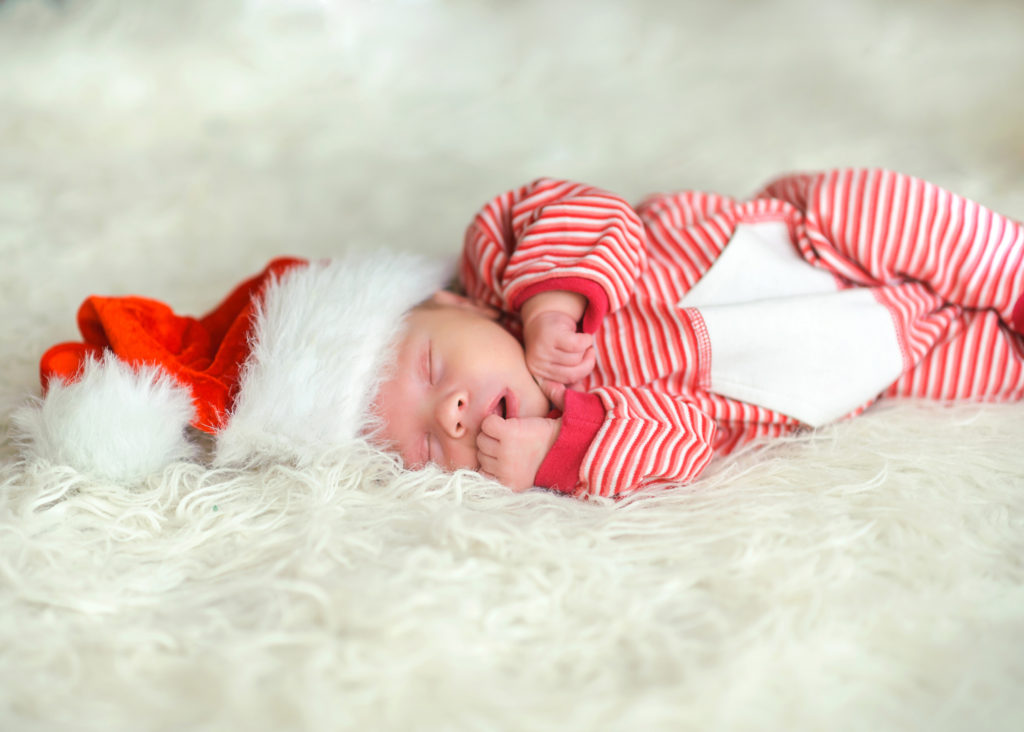
Hospital Bag: Winter Checklist
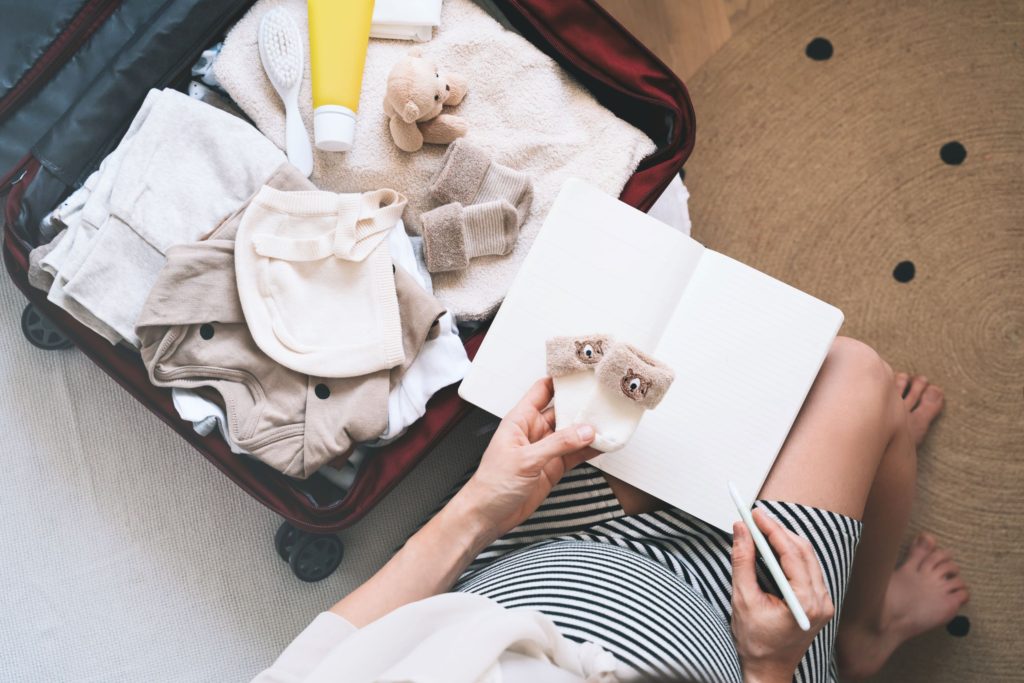
If you’ve lived through a winter in the UK, you’ll know how unpredictable the weather can be. So, it’s best to prepare for any type of weather condition, and that means getting your hospital bag packed early. We recommend packing around about 37 to 38 weeks, as you never know when your little treasure is going to decide they’re ready to meet mum and dad! Of course, that is unless you have a set induction or c-section date. Trust us – when you need to get to the hospital ASAP, you’ll thank us for having your bag already packed!
To help with your preparation, we’ve made a checklist of items mum and her little one need for a winter hospital bag:
Mum
- Birth plan and hospital notes
- Medicines you’re currently taking
- Toiletries (toothbrush, hairbrush, flannel, lip balm, deodorant, hair bobbles, shampoo, conditioner and body wash)
- Towels
- Loose and comfy clothing to wear during labour (at least 3 sets)
- Dressing gown and slippers
- Cosy non-slip socks
- A few sets of maternity underwear
- At least 2 packs of super-absorbent sanitary/maternity pads
- 2 or 3 supportive bras, as well as a nursing bra (if you’re planning on breastfeeding)
- Loose-fitting nighties/tops if breastfeeding
- Breast pads
- Nursing pillow
- Warm and comfy winter clothes to go home in (hat, scarf, gloves and boots)
- Blanket
- Things to help pass the time e.g. books, magazines or music
Baby
- Babygrows and vests
- Plenty of nappies
- Wipes
- Cosy, light blanket
- Muslin squares/bibs
- Warm and cosy going home outfit (hat, socks, mittens and booties)
- Car seat (install this in your car at the same time you pack your hospital bag)
When it’s time to take home your little winter miracle, you’ll want to dress your baby in a newborn onesie, mittens, baby winter socks and booties. If necessary, pop on a baby winter hat too, as well as a light blanket for when you’re walking to and from the car. A blanket is much better to provide your child with extra warmth, in comparison to a baby winter coat that may make your cutie feel too hot. Plus, bulky clothing is a big no-no when your angel is perched in their car seat. The main thing to remember is that they’re warm and comfortable coming home during winter, so save the fashion show for the later – the baby winter dress can wait!
Wardrobe: Baby Winter Clothes
Babies, newborn’s especially, don’t have the ability to self-regulate their core temperature therefore it is essential to limit their exposure to cold weather in whatever ways possible. When it dips below freezing, newborn’s shouldn’t be taken outside; only if it is a quick trip to the car but even then, keep them wrapped up. The younger the baby, the less they can cope with the cold as infants lose heat a lot faster than adults. As it is so important to keep babies warm during the winter, there are various things you need to be aware of as winter approaches and some ways to prepare your baby for the cold.
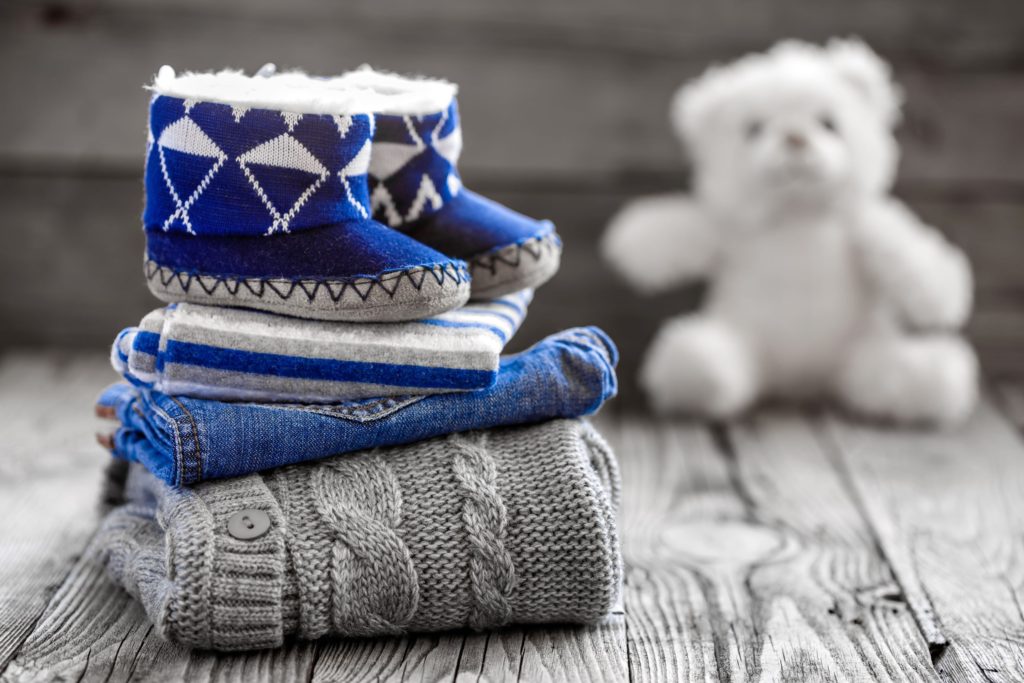
When it comes to baby girl winter clothes and baby boy winter clothes – there’s a few things to consider before your shopping spree. Once your bundle of joy is here, it’s important to keep them nice and toasty during the chillier months. At times, they’ll probably try and squirm their way out of their layers, but there are ways to keep them warm and dry without them objecting.
From snug ears to toasty toes, here are our top tips on what newborn baby winter clothes you’ll need to get your little one through their first frosty season:
- Layer up and down
A cute, fluffy baby winter jumpsuit or a baby winter coat is handy for spending long periods of time in chilly temperatures. However, most of the time, adding and removing layers is the best approach to take, especially if you’re going to be popping in and out of the house or shops.
From baby winter socks to baby winter boots – where do you even begin? A good rule of thumb is looking at what you’re wearing yourself and then putting your little one in an extra layer. So, if you’re kitted out in a blouse, sweater and jacket, your babe may need a vest, sleepsuit, jumper and coat – don’t forget a snuggly hat and gloves too!
The NHS recommends removing your little one’s hat and extra clothing, as soon as you’re back indoors or get into a warm car/any other form of transport. Yes – that’s even if it means having to wake your baby up! Of course, the last thing we want is to disturb a peaceful, sleeping baby. But regardless, it’s important to make sure your child doesn’t get too hot!
- Baby winter hat and gloves
Now for the cute part! It’s particularly important to keep your little one’s head warm in winter, so make sure to dress them in a woolly hat. We recommend one that covers their ears and cheeks for maximum warmth. And don’t forget the mittens to keep their teeny tiny hands warm! Though, be wary that your cheeky monkey may try to pull them off. Rule number one as a parent – keep persevering! But if you need an extra helping hand, little hands can also be tucked under blankets too. The most important thing is that their body and head are covered up well, to stop the warmth from escaping.
- Natural is best
Baby winter clothes made from natural fibres are the way forward. For example, cotton and wool materials are best for winter, as they help to maintain your little one’s body heat. Plus, they’re comfy, snug and gentle on your baby’s delicate skin. So, rest assured these materials will let their skin breathe even during the chillier months.
- Keeping dry
One thing guaranteed about UK winters – rain! That’s why rain covers for prams are invaluable in winter. Not only will they keep your bub nice and dry but provide extra warmth too. If you’re planning on using a sling or carrier, a good-sized umbrella should do the trick.
- Cars in the cold
Keep the layers to a minimum when your little one is strapped in the car – this is really important. If there’s too much padding between your baby and their car seat straps, the seat won’t be as safe. So, forget about the baby winter coat here, use a light blanket instead to keep your little one warm.
We understand during winter, cars can get super cold when getting into them. So, make sure to start the engine a couple of minutes before you set off. This will make it nice and toasty for your babe once you’ve strapped them into their car seat. Remember to check your baby regularly, to make sure they’re not getting too hot!
- Check when in doubt
Just like us, a lot of your little one’s wintertime will be spent adjusting to the different temperatures indoors and outdoors. If in doubt though – check you’ve got the number of layers right by checking their tummy – it’s a much better indicator than their hands. And remember to give your babe some extra snuggles to keep them even cosier!
Top tip: baby sunscreen is just as important during winter as it is in summer because winter snow reflects 80% of the sun’s UV light back up to your skin. So, don’t forget to apply sunscreen on your cutie before taking them outside!
Dressing for the Cold
Even before it dips below freezing there will be times when you want to venture outside, but the weather is feeling a little chilly. Knowing how to best dress your baby for the cold is important, as you don’t want them to feel the cold, but you also need to be wary not to let them overheat. This is why the best idea is to opt for layering. Layering allows for flexibility; you can adjust based on your baby’s temperature. The closest layer to them should be snug; a bodysuit and leggings is usually a good choice followed by a top and pants and then baby winter coats, hat, mittens and booties. Baby wearing is another great way of keeping them warm; your body heat will provide them extra warmth.
Dressing for Sleep
When it comes to sleep, it is generally better to be on the cooler side as opposed to overdoing it with the heat. If baby sleep temperature is too high at night, they won’t be comfortable, and this can cause a dangerous sleeping situation. It is also essential to remember that blankets are a no-go as they are too loose and cause a massive hazard. Layers are still a good idea if you’re wondering what should baby wear to bed? When it comes to sleepwear; a bodysuit and Pyjamas with feet work best. Make sure to check their neck to ensure they are not too warm.
Indoor Temperature
You may be tempted to keep the indoor temperature high however this is not always the best way to go. Keeping the room temperature for baby cooler, but still comfortable, can help prevent drying of the skin and is better for sleeping. Cooler temperatures help to reduce the risks associated with baby’s sleep. Instead of using the heating to keep your baby warm, dress them in layers which can be removed as necessary.
Things to Look Out For
Whilst you can do everything possible to keep your baby warm during the winter, it is important to know the warning signs that they may be too cold. If they start to shiver, or their hands, feet and face are cold and red or pale and hard then it is time to bring them inside. If this happens it is important not to rub the skin as this could cause skin damage. Instead reheat the skin using warm cloths and put them in some warm baby winter clothes. If you’re concerned, make sure to see a doctor.
Bath time: Bathing in Winter
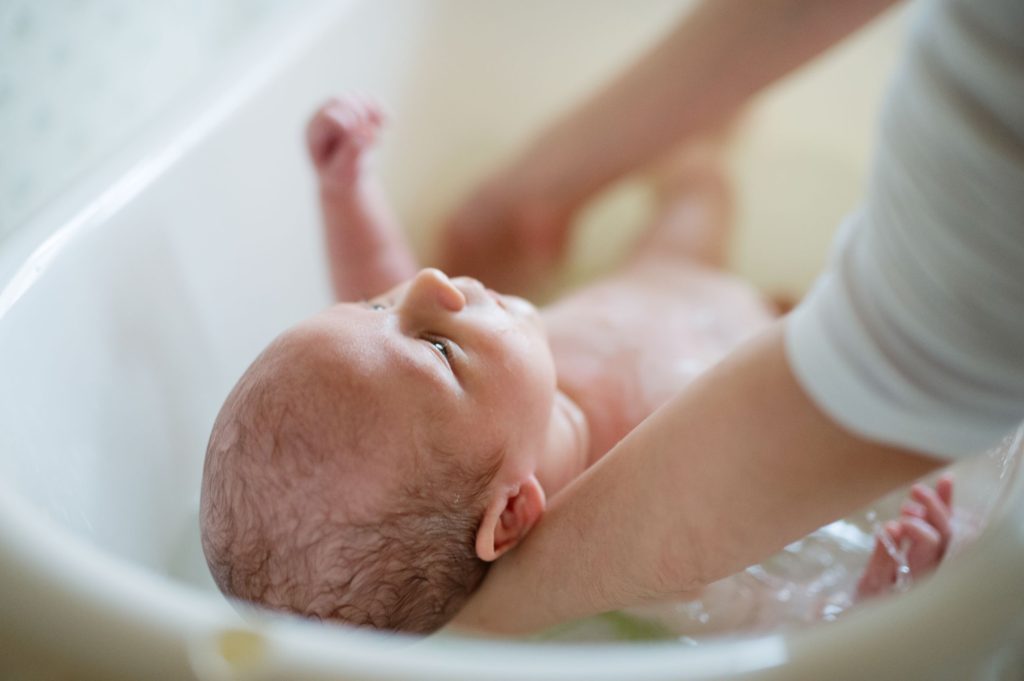
A gentle sponge bath every few days for a newborn is enough – a daily bath isn’t necessary. But before you bathe your little one, make sure all the windows are closed so the winter air doesn’t creep in. And even though it’s chillier outside, the temperature of the baby bath should still be 37 degrees. Dip your elbow into the water to get a more accurate idea of the temperature before you start bathing your angel.
Since your babe’s skin can feel extra-sensitive during the colder months, it’s best to use fragrance-free and alcohol-free baby shampoo. When you’re ready to take your baby out of the water, remember they’ll cool off instantly. Therefore, you’ll want to have some big and/or hooded towels on hand for as soon as bath time fun is over. And don’t forget to rub some baby-friendly moisturiser on them! We recommend switching to a thicker formula in winter to help protect their skin from becoming too dry due to the cold.
Baby winter pyjamas are a must during the frosty season – and plus they’re super cute too. Make sure to place your bub’s pyjamas nearby so once you’ve got them all nice and dry after their bath, you can get them dressed as soon as possible. And that way, there’s no time for them to feel cold!
There are plenty more tips on hand, to prepare for your baby’s first bath in general.
Bedtime: Keeping Your Baby Warm in Winter
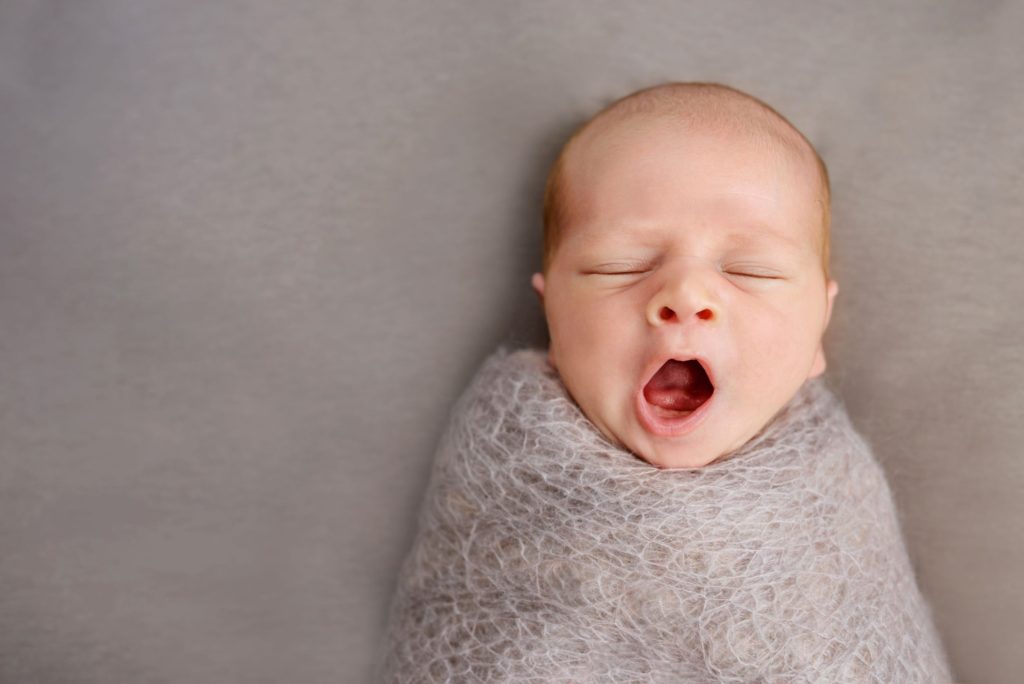
Room temperature
The Lullaby Trust recommends a room temperature between 16 to 20 degrees for your little one – and that’s also the ideal temperature for a baby room in winter. Even though it’s chilly outside, you may be surprised at just how warm a room can get. If you have the heating on during the night, make sure the thermostat isn’t set any higher than 20 degrees. You can use a room thermometer to check that your babe’s room is at a safe and comfortable temperature. A general rule of thumb – it should feel about right for a lightly clothed adult.
Bedding and baby blankets for winter
We recommend choosing a fitted sheet and layers of light cotton blankets for your baby’s cot – not a duvet. Keep at hand plenty of extra baby blankets because little messy accidents are inevitable! Remember, the sheet and blankets should be tucked in firmly below your babe’s shoulder level, so they can’t wriggle their way out.
You could also consider using a swaddle or baby sleeping bag that has a zip or poppers – that way your little rebel can’t kick it off or cocoon themselves under the covers. Plus, the best part is that they’re less likely to wake up from feeling too cold! Sleeping bags come in different tog ratings, so you may be wondering what tog sleeping bag to use for a baby in winter? For most of the year, a 2.5 tog sleeping bag is suitable. However, if wherever your baby’s sleeping is colder than 16 degrees, you may want to think about using a 3.5 tog sleeping bag.
We recommend feeling your little one’s tummy to see if they’re too hot or cold and then adjust their bedding accordingly. If your babe is too hot, remove one or more blankets as needed, and if they’re cold, add a layer – simple! Other signs that your child may be too hot include sweating and damp hair, so keep an eye out for these too.
Don’t feel your babe’s hands or feet to work out if they’re warm enough, as it’s normal for them to feel cold on these parts of their body. However, if you notice their palms look blotchy or bluish – baby winter socks, mittens or booties should do the trick!
Nightwear
Soft, footed, cotton winter sleepsuits will help your cutie stay nice and toasty all night from head to toe. If it’s extra chilly in your baby’s room, you could put a baby winter bodysuit on underneath their sleepsuit.
And remember – no baby winter hat allowed in bed – no matter how cute it looks! Teeny tots shouldn’t wear a hat to sleep even if it’s cold. This is because they maintain their temperature through their head.
Health: Keeping Baby Healthy During Winter
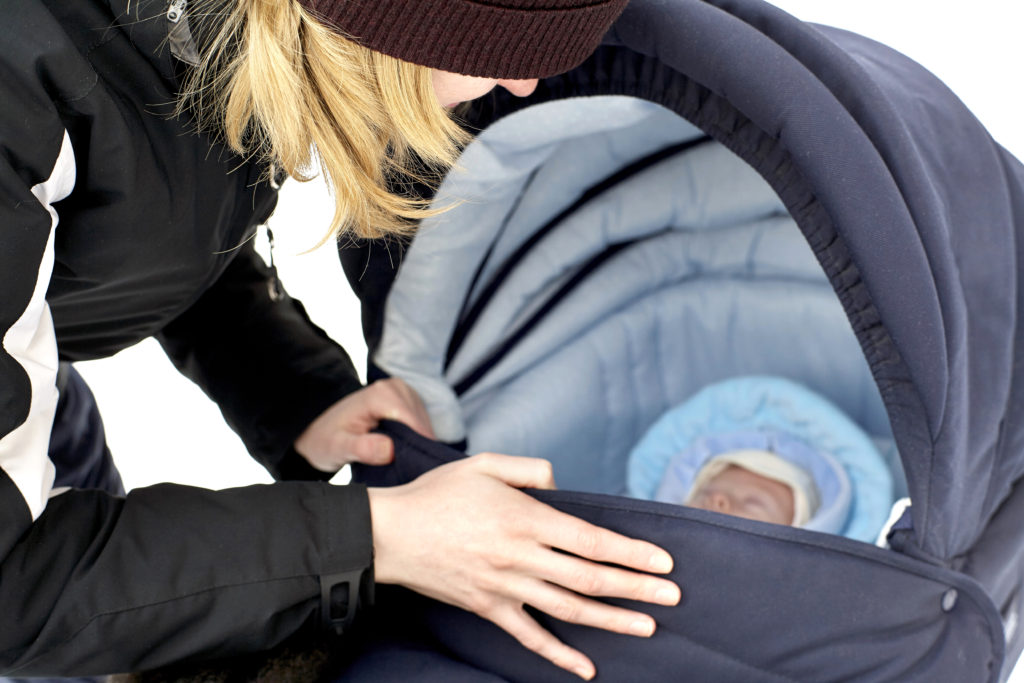
Whatever the weather, it’s good for you and your little winter miracle to get some fresh air every day, whether it’s in a pram or baby carrier. However, if the weather is particularly harsh, we recommend keeping outdoor trips short, to prevent your babe from feeling the chill. It’s unlikely they’ll get too cold in a sling (if they’re dressed appropriately) as they’ll be wrapped up close to mama – but still check on their temperature regularly.
Just keep in mind that whilst you’re working up a sweat pushing the pram around, your bub may get cold before you do. But how will you know when they’ve had enough? If your baby is happy to be out at first but then starts kicking up a fuss after a while, it may be a sign that they’re cold. In these situations, it’s a good idea to check their tummy, ears, and face regularly, and make sure to get inside before they get uncomfortable.
Top tip: if your cherub gets cold, don’t try to warm their skin by rubbing it as this could make them feel sore. Instead, hold their skin against yours, and tuck their cute little hands under your armpits to warm them. And best of all, you get some precious bonding time too!
We recommend getting a humidifier for wherever your little one will be sleeping. This will help keep those nasty sore throats and noses away, from breathing in the dry winter air at night. And don’t forget to clean out the humidifier, it’s a chore we know, but it’s important to do so regularly to stop bacteria from growing in it.
If you’re breastfeeding, your babe will have an extra defence against those pesky winter viruses. However, they’re still too young to have fully built up a strong immune system. Therefore, we recommend talking to your doctor or midwife about ways to boost your immune system as well as theirs. Just make sure to wash your hands and baby’s toys, dishes and clothes regularly, to help cut down on their exposure to those pesky germs.
There’s no reason to be worried about having a winter baby – embrace it! With our guidance, you’ll be super prepared for anything the chillier months could throw your way. Instead, focus on your excitement for toasty evenings by the fire and waking up to beautiful snowfall. And before you know it, your little winter miracle will be here to share the experience with you.

